Rising Demand for Food Security
The agricultural fumigants market in India is experiencing a notable surge due to the increasing demand for food security. With a growing population projected to reach 1.5 billion by 2030, the need for enhanced agricultural productivity is paramount. Farmers are increasingly adopting fumigants to protect crops from pests and diseases, thereby ensuring higher yields. According to recent estimates, the agricultural sector contributes approximately 18% to India's GDP, underscoring the importance of effective pest management. The government has also initiated various programs to support farmers in adopting modern agricultural practices, which further drives the demand for fumigants. This trend indicates a robust growth trajectory for the agricultural fumigants market, as stakeholders seek to balance productivity with sustainability.
Government Initiatives and Subsidies
Government initiatives play a crucial role in shaping the agricultural fumigants market in India. Various state and central government programs aim to promote the use of modern agricultural inputs, including fumigants. Subsidies on fumigants and other agricultural inputs are designed to alleviate the financial burden on farmers, encouraging them to adopt these essential products. For instance, the Pradhan Mantri Kisan Samman Nidhi scheme provides direct income support to farmers, which can be utilized for purchasing agricultural inputs. This financial assistance is likely to boost the adoption of fumigants, thereby driving market growth. The agricultural fumigants market is expected to benefit from these supportive policies, as they enhance accessibility and affordability for farmers.
Increased Awareness of Pest Resistance
The agricultural fumigants market is significantly influenced by the rising awareness of pest resistance among farmers in India. As pests evolve and develop resistance to conventional pesticides, the need for effective fumigation solutions becomes critical. Farmers are increasingly recognizing that traditional methods may no longer suffice, leading to a shift towards more advanced fumigants that can effectively combat resistant pest populations. This awareness is further fueled by agricultural extension services and educational programs that emphasize integrated pest management strategies. The market is projected to grow as farmers seek innovative solutions to maintain crop health and productivity, thereby enhancing the overall efficacy of pest control measures.
Technological Innovations in Fumigation Techniques
Technological innovations are transforming the agricultural fumigants market in India. Advances in application techniques, such as precision fumigation and the development of controlled-release formulations, are enhancing the effectiveness of fumigants. These innovations not only improve pest control but also minimize environmental impact, aligning with sustainable agricultural practices. The introduction of smart technologies, including drones and automated systems for fumigant application, is further streamlining the process, making it more efficient and cost-effective. As farmers increasingly adopt these technologies, the agricultural fumigants market is likely to witness substantial growth, driven by the demand for more efficient and environmentally friendly pest management solutions.
Growing Export Opportunities for Agricultural Products
The agricultural fumigants market is also benefiting from the growing export opportunities for Indian agricultural products. As India aims to increase its share in The agricultural fumigants market, ensuring the quality and safety of produce becomes essential. Fumigation plays a vital role in meeting international phytosanitary standards, which are crucial for accessing foreign markets. The Indian government has been actively promoting agricultural exports, with initiatives aimed at enhancing the competitiveness of Indian produce. This focus on exports is likely to drive the demand for effective fumigation solutions, as exporters seek to comply with stringent quality requirements. Consequently, the agricultural fumigants market is poised for growth as it aligns with the broader objectives of enhancing export potential.


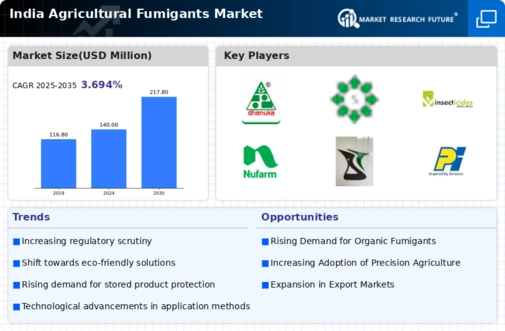
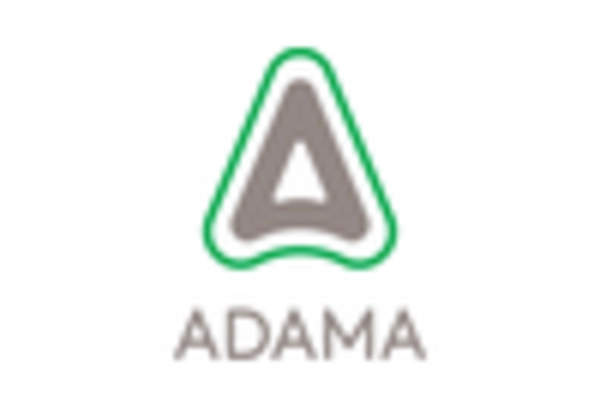


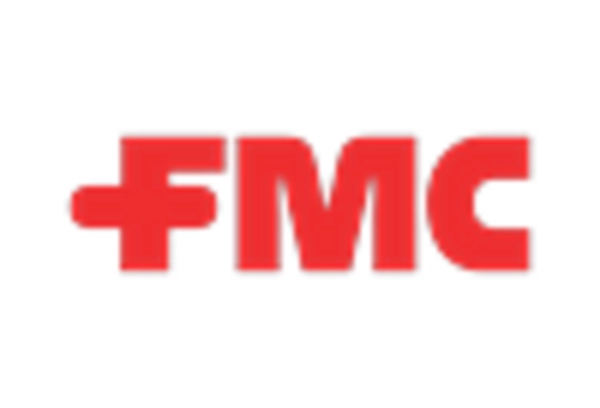
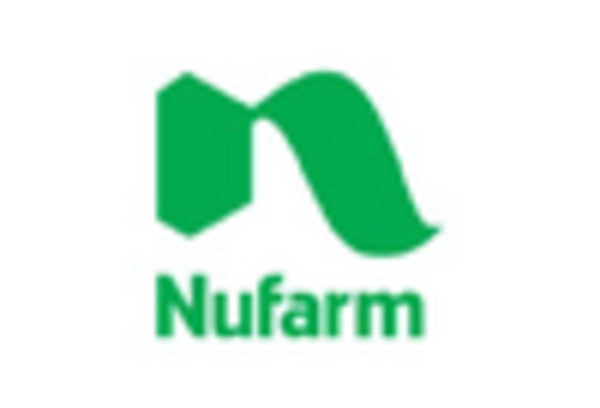
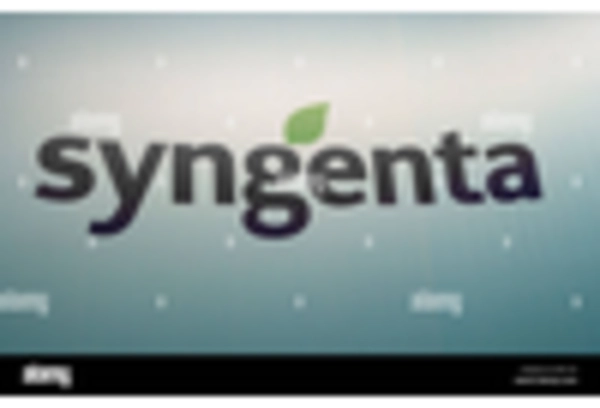








Leave a Comment